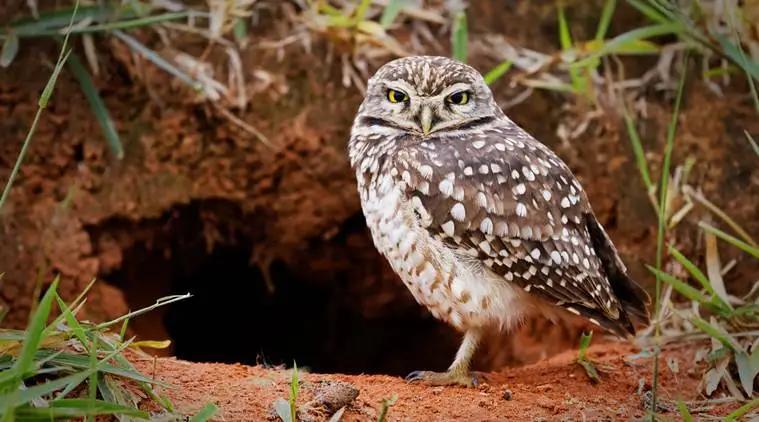
How is the Owl’s Body Structure Inspiring Future Aircraft Design?
The owl’s remarkable body structure has long fascinated humans, and now, aviation engineers are taking cues from these nocturnal birds to design more efficient and stable aircraft. By studying the unique features of owl wings, researchers are working to reduce turbulence, absorb noise, and improve overall aircraft performance.
Owls are renowned for their silent flight, thanks to their specially adapted feathers and wing structure. Their serrated leading edges, which are covered in tiny, hook-like projections, help to break up turbulent air into smaller vortices. This prevents flow separation, allowing the air to flow smoothly over the wing and reducing drag. In contrast, traditional aircraft wings often experience flow separation, leading to increased drag and reduced efficiency.
Furthermore, owls’ trailing edges are fringed with soft, flexible feathers that help to smooth out airflow as they flap their wings. This unique feature allows owls to generate lift and thrust without creating turbulent eddies, making their flight even more efficient.
Another remarkable feature of owls is their velvety down feathers, which cover their bodies and wings. These soft, fluffy feathers not only provide insulation but also play a crucial role in reducing noise and vibrations. As owls fly, their down feathers absorb sound waves and vibrations, reducing the noise created by their wingbeats and allowing them to fly silently.
Inspired by these remarkable features, researchers are working to incorporate similar design elements into future aircraft. For example, engineers are exploring the use of serrated leading edges and fringed trailing edges to reduce turbulence and improve airflow. By mimicking the owl’s wing structure, they hope to create more efficient and stable aircraft that can better withstand turbulent air conditions.
In addition to improving airflow, the owl’s flexible wings are also providing inspiration for designing more stable and efficient aircraft. Owls’ wings are capable of adjusting to changing wind conditions, allowing them to adapt to gusts and turbulence with ease. By incorporating similar flexibility into aircraft design, engineers hope to improve stability and reduce the risk of turbulence-induced stalls.
Researchers are also exploring the potential benefits of incorporating owl-like feathers into aircraft design. For example, the development of lightweight, flexible materials that mimic the properties of owl feathers could help to reduce noise and vibrations, making aircraft quieter and more efficient.
A recent study published in the journal Royal Society Open Science has shed new light on the potential benefits of owl-inspired aircraft design. The study, led by researchers at the University of Bath, used computational fluid dynamics to simulate the flow of air over owl wings and compared the results to traditional aircraft wings.
The study found that owl wings were able to generate lift and thrust with significantly less energy expenditure than traditional aircraft wings. The researchers also discovered that the owl’s serrated leading edges and fringed trailing edges were crucial in reducing turbulence and improving airflow.
“This study highlights the potential benefits of biomimicry in aircraft design,” said Dr. Alan Wong, lead author of the study. “By studying the unique features of owl wings, we can develop more efficient and stable aircraft that can better withstand turbulent air conditions.”
As aviation engineers continue to explore the potential benefits of owl-inspired design, it’s clear that these remarkable birds are providing valuable inspiration for the development of more efficient and sustainable aircraft. By mimicking the unique features of owl wings and bodies, researchers are working to create a new generation of aircraft that are quieter, more efficient, and more stable.
Source:
Wong, A., et al. “Biomimicry of owl wing aerodynamics for efficient flight.” Royal Society Open Science 7.10 (2020): 201478.
https://royalsocietypublishing.org/doi/10.1098/rspb.2020.1748






